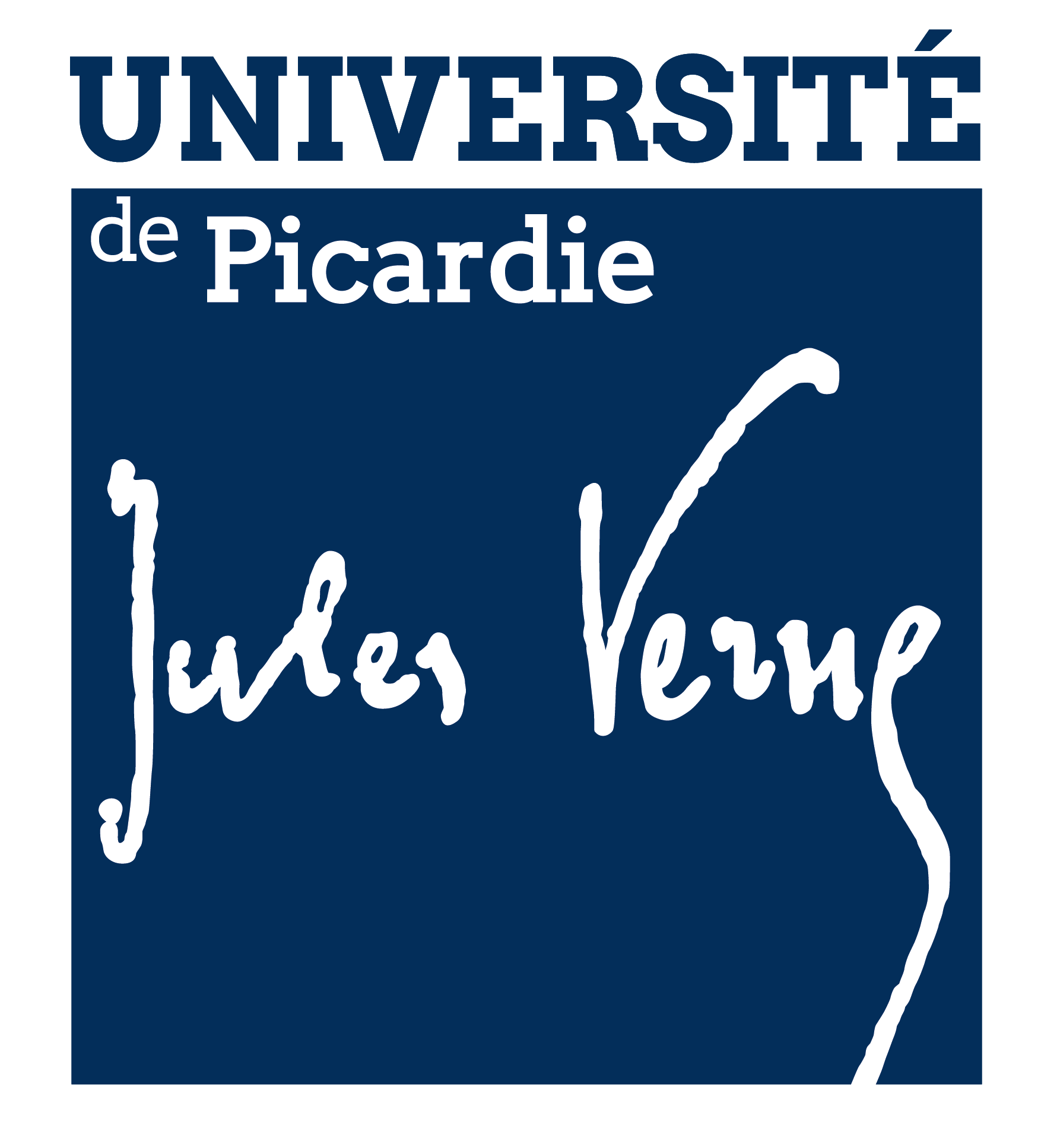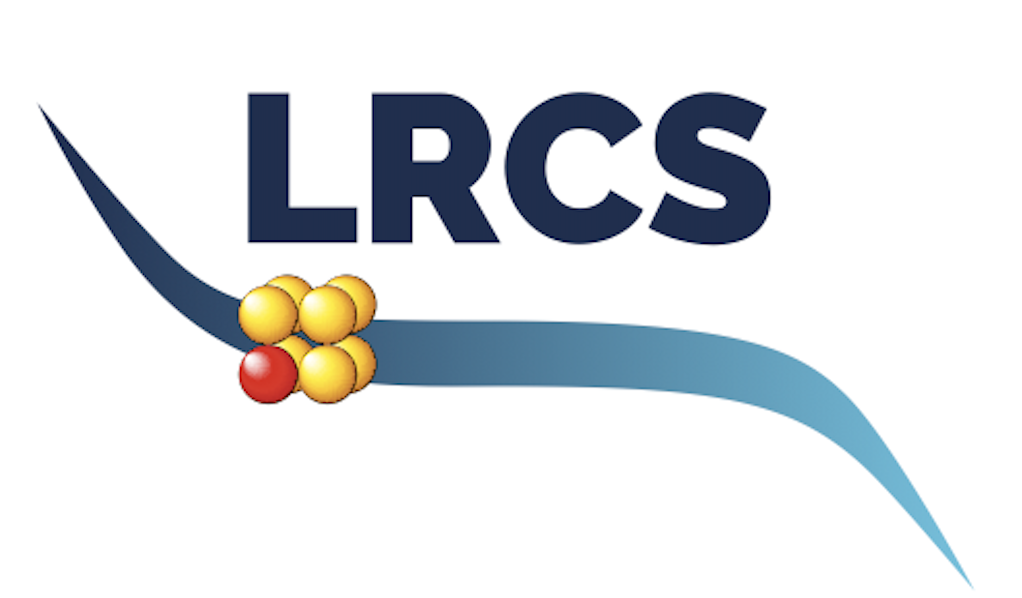3D Printing of solvent-free PEO-Polyolefin solid polymer electrolyte by Fused Filament Fabrication
Résumé
3D printing of energy storage systems is at the heart of In-Space Manufacturing strategy. Within this context, Li-ion polymer batteries printing through Fused Filament Fabrication (FFF) is envisaged. This study is devoted to optimising the extruded solid polymer electrolyte filament properties. As the poly(ethylene oxide) (PEO) -lithium bis(trifluoromethanesulfonyl)imide (LiTFSI) electrolyte offers the best Li + conductivities but suffers from poor mechanical behaviour, poly(propylene) (PP) is added to ensure filament printability. An exhaustive investigation highlights the impact of the PEO molar weight and the LiTFSI and PP proportions. Fine-tuning these parameters alters molten phase viscosity, which affects the electrolyte morphology and ionic conductivity. Best formulations feature a co-continuous structure that provides effective mechanical reinforcement and exhibits the best ionic conductivity reported so far for an FFFprinted solvent-free polymer electrolyte of 1.2 × 10 -4 S.cm -1 at 70°C. Therefore, it opens the way towards polymer battery printing, on the Earth and in microgravity conditions.
Domaines
Chimie| Origine | Fichiers éditeurs autorisés sur une archive ouverte |
|---|---|
| licence |




